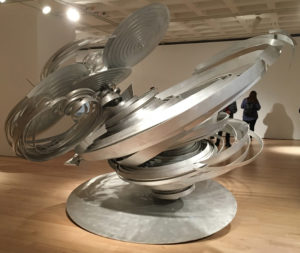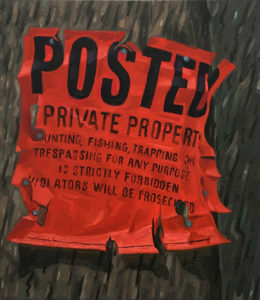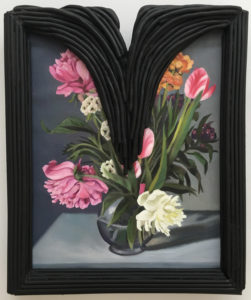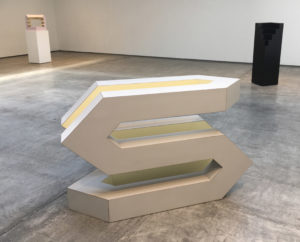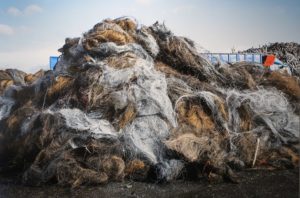Even the base of Alice Aycock’s dynamic aluminum sculpture appears to lift off the ground in the artist’s dramatic debut at Marlborough Gallery which now represents the artist. The sculpture alludes to the forces of nature, fairground rides and more in works that combine chaotic and ordered forms in one eye-popping piece. (On view on 57th Street through Nov 18th).
